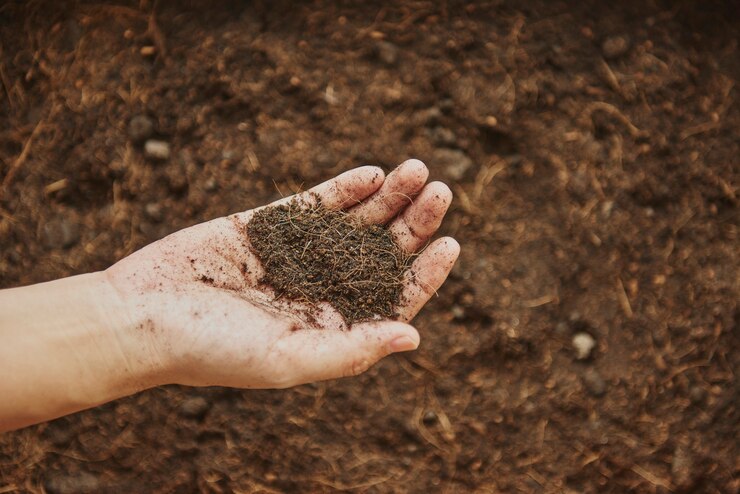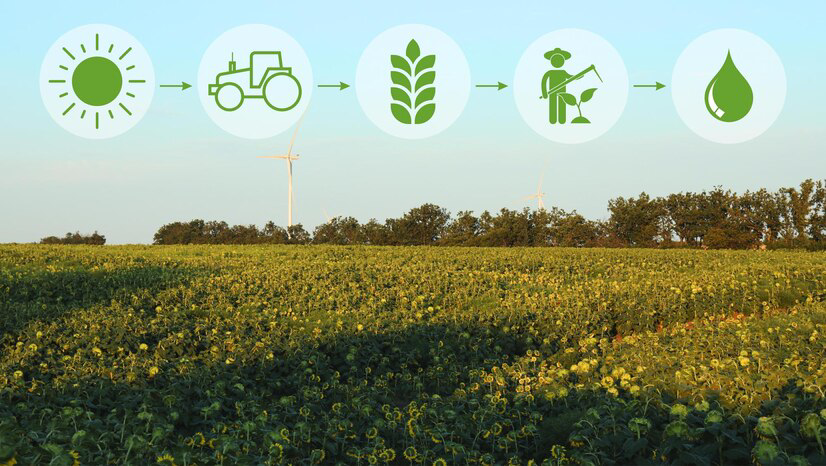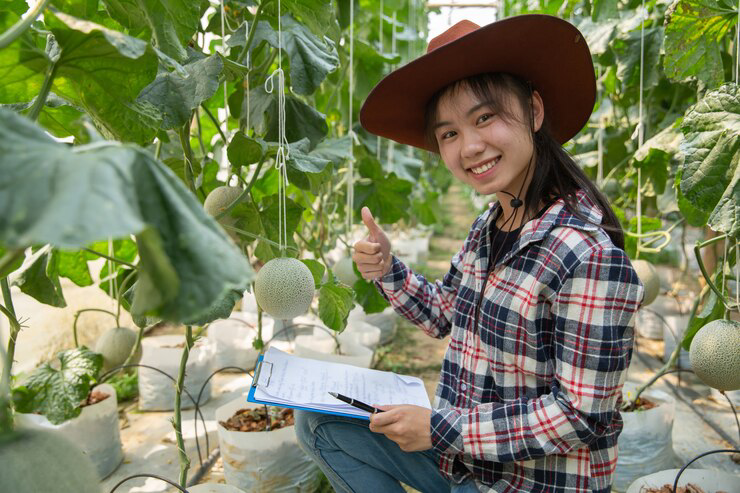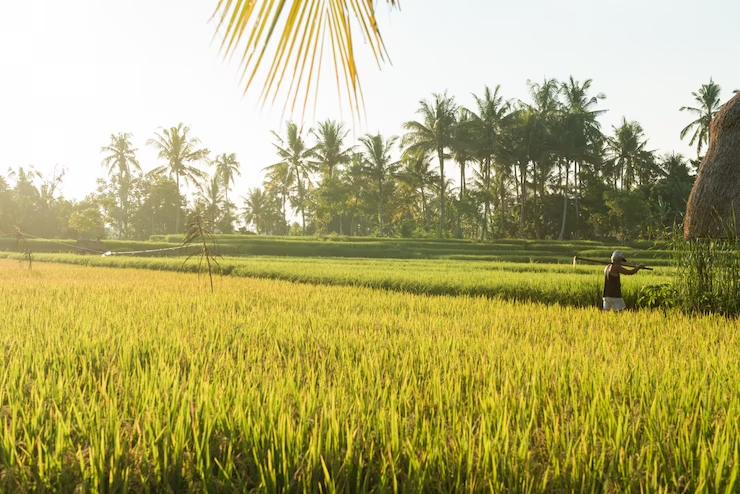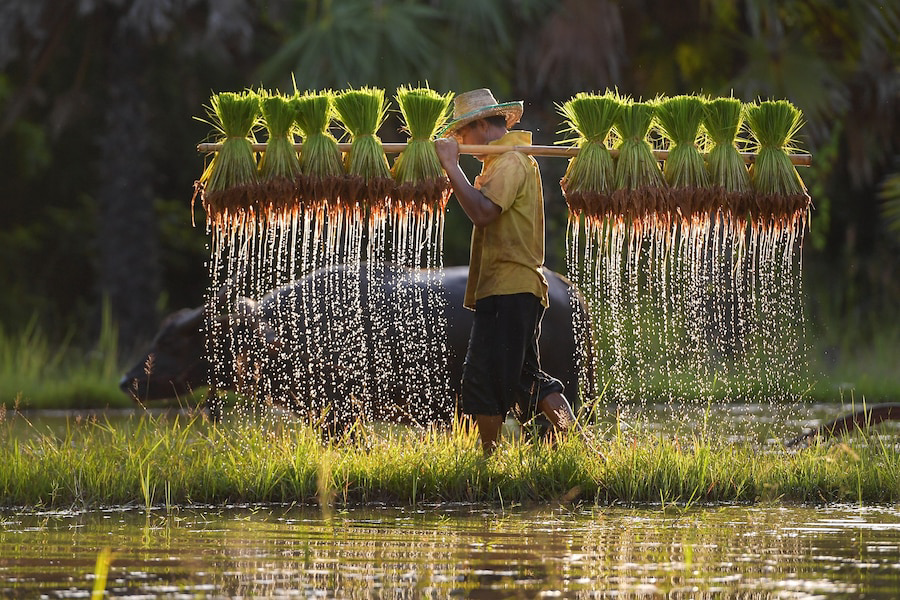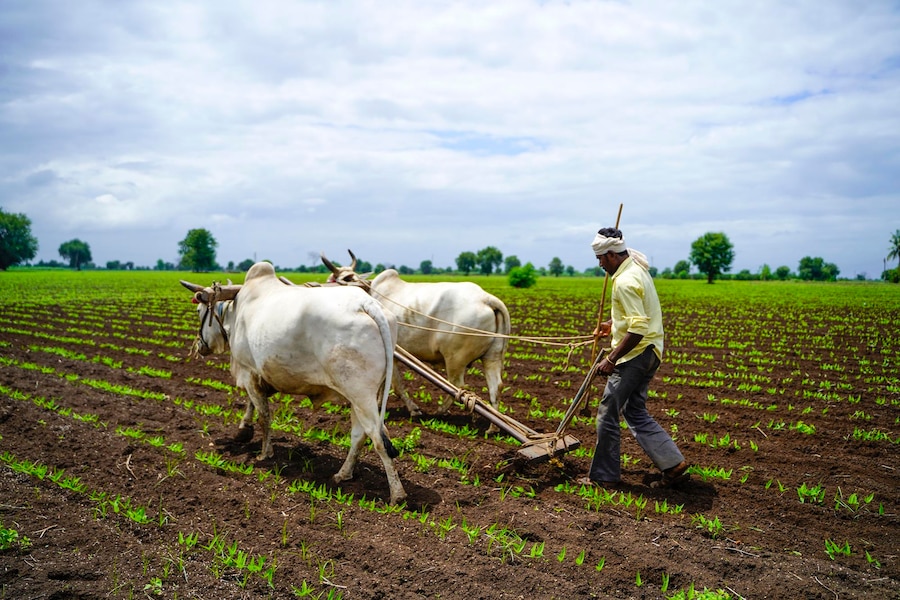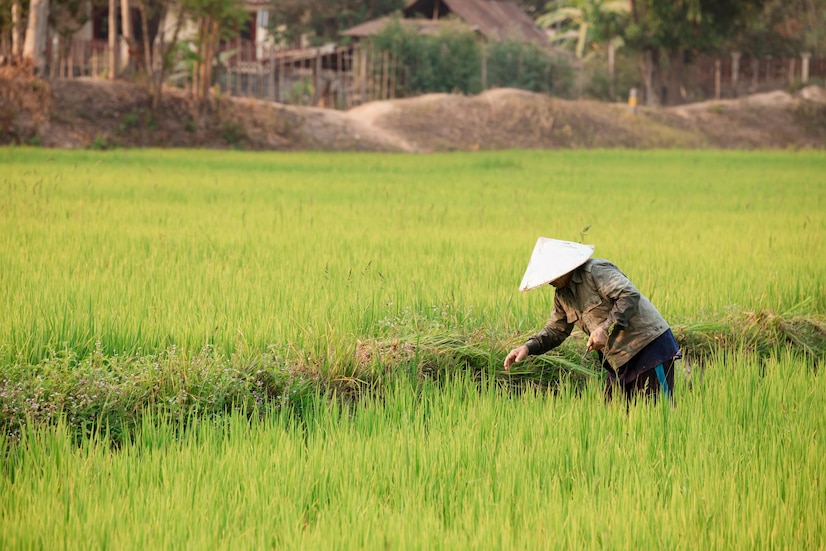Beyond Monoculture: The Art and Science of Diverse Crop Rotation for Healthy Soils
This is an insightful talk about “Beyond Monoculture: The Art and Science of Diverse Crop Rotation for Healthy Soils.” Welcome. This research acts as a compass in the huge field of agriculture, steering us towards the rich lands of varied crop rotation and away from the confines of monoculture. The term is more than just a declaration; it captures a paradigm change, moving away from the traditional and embracing the complex web that different crops build. Imagine your fields as dynamic ecosystems where the deliberate dance of crop rotation creates a symphony of soil enrichment, rather than just vast stretches of crops, as we set out on this adventure. It is a holistic approach that fosters resilience, mitigates risks, and lays the groundwork for sustainable agriculture—it is more than just a farming technique. Our story explores the fine art and exact science involved in growing a variety of crops, going beyond the simple goal of output. Every rotation acts as a paintbrush on the canvas of soil health, helping to build a robust and abundant landscape. Join us as we explore the profound depths of growing success through the skilful and scientific embracing of diversified crop rotation for the prosperity of land and harvest, pushing the boundaries of conventional farming practices. Monoculture Unmasked: The Risks of Putting All Your Eggs in One Crop Basket We start our agricultural adventure by removing the layers of risk associated with monoculture, similar to putting all your money into one erratic stock. The comparison highlights the vulnerability of depending on one crop, leaving it open to attack from pests, illnesses, and nutrient fatigue. In the same way, diversifying investments reduces financial risk, and planting various crops serves as a tactical buffer against agricultural uncertainty. Comprehending the dangers of monoculture serves as a precursor to building a robust farming environment, emphasising and emphasising the necessary transition towards variety as the cornerstone of long-term and sustainable agricultural success. The Symphony of Diversity: How Different Crops Elevate Soil Health Imagine your fields as a magnificent symphony, where each crop takes centre stage, playing a unique instrument that contributes to the harmonious melody of your agricultural landscape. This exploration delves into the intricate dynamics of diverse crops, comparing them to a well-orchestrated ensemble. Like skilled musicians, different crops bring their distinct strengths to the soil composition – nitrogen-fixing legumes enrich the nutrient profile, and plants with deep roots enhance soil structure. Uncovering these secrets reveals how the symphony of diversity goes beyond individual performances, creating a dream team that collectively strengthens and fortifies the entire ecosystem, forming a more resilient and thriving whole. Building Resilience: Crop Rotation Techniques as Nature’s Defense Strategy Resilience in agriculture becomes a crucial concept, similar to a field’s capacity to overcome obstacles. Crop rotation becomes the tactical safeguard against Mother Nature’s whims. Like changing the locks on your doors to keep unwanted guests out, you can upend pests and diseases’ carefully constructed schemes by dynamically shifting the locations of your crops. This dynamic strategy guarantees that your crops and soil stay vigilant and flexible, building a strong ecosystem that can survive the capricious turns of agricultural destiny. Nurturing the Land: The Sustainable Embrace of Crop Rotation Think of your land as a cherished garden, with every plot as a painting that needs tender attention. Consider the nourishing touch of crop rotation to guarantee ongoing blooming. This sustainable approach is like sowing seeds for future success—it goes beyond the immediate harvest. Consider it a wise investment that will ensure a plentiful harvest for years to come in addition to paying well now. Crop rotation becomes a timeless technique when one embraces it, much like a smart gardener tends to their garden with an eye towards long-term prosperity, producing a lush sanctuary that remains resilient and plentiful across seasons. Beyond Yield: Exploring the Ecological Marvels of Diverse Crop Rotation We take you on a tour around the complex world of agriculture, revealing the ecological wonders weaved throughout varied crop rotations. This investigation goes beyond the usual limits and explores a world in which crops take on the role of the master planners of a thriving environment. Beyond the obvious advantages, we learn how different crops work together to improve soil erosion control, retain more water, and provide a home for helpful microbes. Imagine a symphony of nature, with every crop adding to the harmony of a robust and flourishing environment with a different note. Explore the complex dance of diversity, where each turn turns into a step closer to natural wonders. Conclusion: Cultivating Success with Diverse Crop Rotation In the grand tapestry of agriculture, our journey through the intricacies of diverse crop rotation concludes with a resounding affirmation: cultivating success is a symphony, and diversity is the melody that harmonisesharmonises every element. Beyond the confines of monoculture, we’ve explored the art and science of rotating crops, witnessing the transformation of fields into resilient havens for healthy growth. As we reflect on the diverse crop rotation practices discussed, it becomes evident that success in agriculture is not measured solely by yield but by the ecological richness and sustainability achieved. Each rotation becomes a strategic move, disrupting the plans of pests, enriching soil health, and fostering an environment where crops thrive collectively. Imagine your fields as dynamic ecosystems, a vibrant landscape where every crop plays a crucial role, much like a collaborative team achieving a common goal. The benefits extend beyond immediate harvests; they weave a narrative of enduring prosperity, echoing through seasons. Embracing diverse crop rotation is akin to investing wisely in the future of agriculture. It is a commitment to the longevity and resilience of the land, ensuring that each harvest is abundant and sustainable. So, fellow cultivators, let us continue this journey, breaking free from monoculture’s constraints and celebrating the cultivation of success through the artful dance of diverse crop rotation. May your fields be bountiful and your harvests perennially prosperous. Happy cultivating!
Beyond Monoculture: The Art and Science of Diverse Crop Rotation for Healthy Soils Read More »

